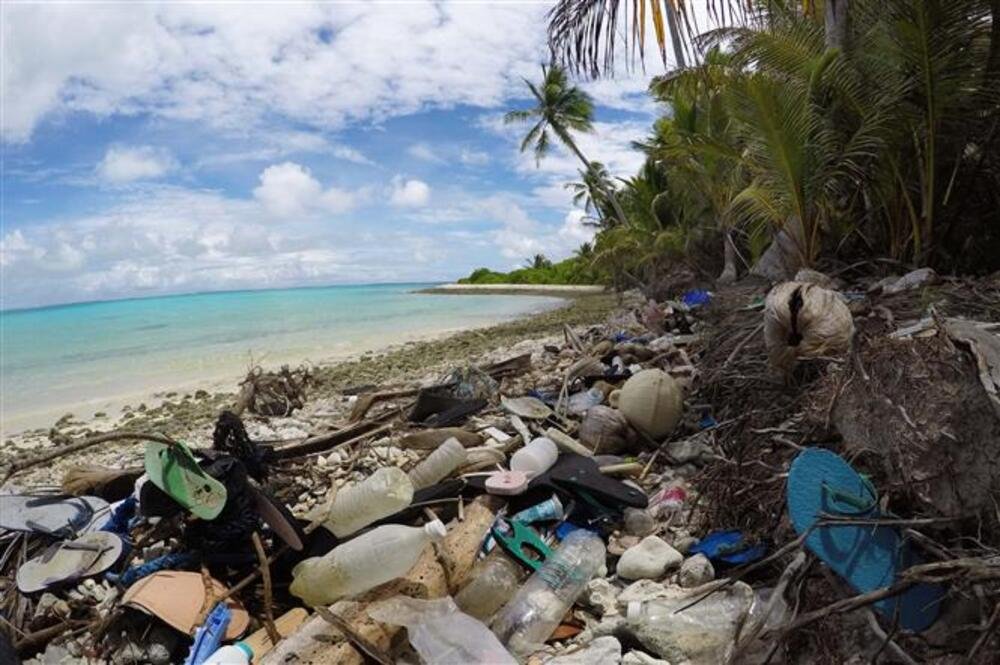HIGHLIGHTS
- In a report submitted to the federal government in early December, the US is the “culprit” of producing the most plastic waste.
- In May 2019, most of the world’s countries agreed to stem the flow of plastic waste from the developed countries in the northern hemisphere to the poorer countries in the south.
FULL ARTICLE
The world’s largest production of plastic waste
In a report submitted to the federal government in early December, the US is the “culprit” of producing the most plastic waste. The advent of cheap and versatile plastics has created a “catastrophe of plastic waste” globally, with the United States being the leading contributor.

Worldwide, at least 8.8 million tons of plastic waste enter the marine environment each year, the equivalent of a garbage truck full of plastic ending up in the ocean every minute. Plastic waste in the US has also increased sharply since 1960. The country currently generates about 42 million tons of plastic waste each year, equivalent to 130kg of each American. This is more than all the member states of the European Union combined.
Meanwhile, recycling infrastructure has not kept pace with the growth in plastic production. Inefficient littering, dumping and waste treatment has caused 2.2 million tons of plastic “leaky” into the environment each year, including plastic bottles, straws, packaging, and more. The US is also the world’s top exporter of plastic waste.
No country wants to be America’s backyard
According to research conducted by Last Beach Cleanup, an environmental advocacy group based in California, more than 75% of imported plastic waste goes to Mexico. The country received more than 32,650 tons of plastic waste from the US between January and August 2020. El Salvador ranked second with 4,054 tons and Ecuador ranked third with 3,655 tons.
While imported hazardous waste is subject to tariffs and restrictions, plastic waste is rarely subject to this. From January 2021, recycled plastic waste will not be considered hazardous under international law. But when it comes to importing countries, plastic waste ends up in landfills, according to a study by the Global Alliance on Incinerator Alternatives (GAIA).
A GAIGA report released in July also predicts growth in Latin America’s plastic waste sector, as companies in the US and China invest in recycling plants across the region to process them. American plastic exports.
Fernanda Solíz, director of the field of health at Simón Bolívar University in Ecuador, says that Latin America and the Caribbean are not America’s backyard. “We are a sovereign territory and we demand respect for our natural and human rights,” Solíz said.
Plastic waste produced by the US has many consequences, affecting the living environment of inland and coastal communities, polluting the environment and placing an economic burden on vulnerable populations.

In May 2019, most of the world’s countries agreed to stem the flow of plastic waste from the developed countries in the northern hemisphere to the poorer countries in the south. Under the plastic amendments in the Basel Convention, plastic waste from private organizations in the US is prohibited from being exported to developing countries without the permission of local authorities.
But more seriously, the US has not ratified the agreement and is accused of continuing to dump its waste to other countries worldwide, including Africa, Southeast Asia, Latin America.
Manh Nguyen
USA: Holiday sales hit a record after 17 years













